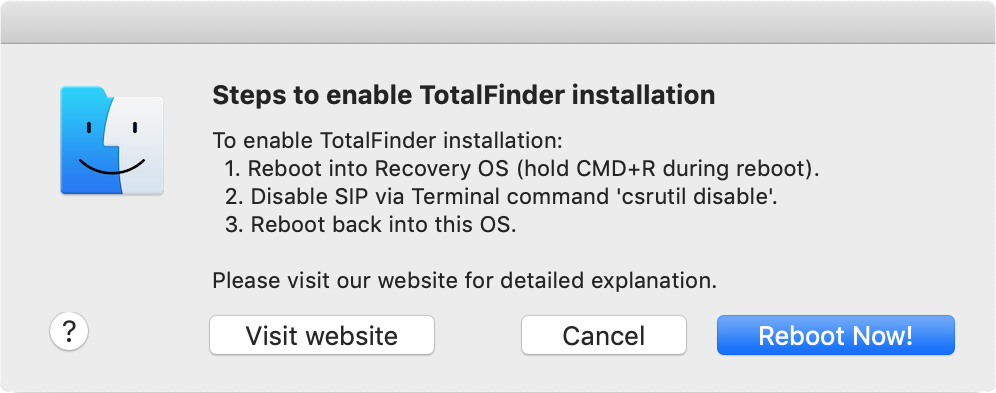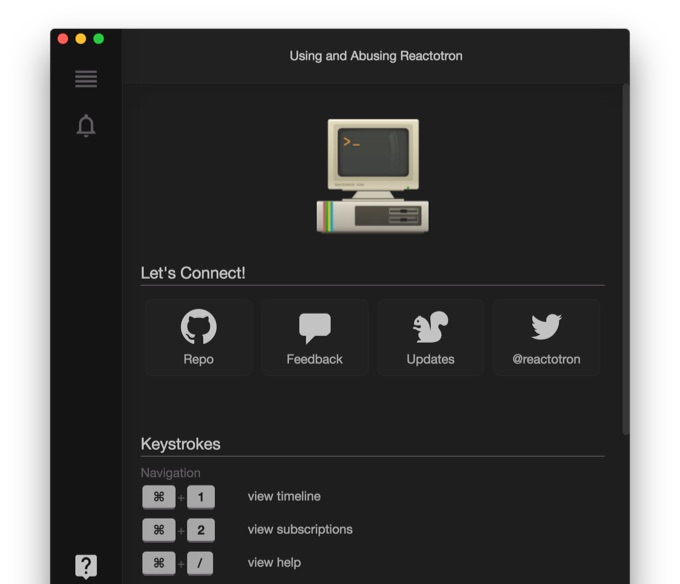
Previously at Betas 10.14 (Beta1 through 11), there were no such issues. Why is that so coincidental that it works? then I just once iMac12,1 selected and lo and behold, he then boot after reboot and installed properly to the end. With the repeated attempt (out of curiosity), he then also with the selection iMac12,2 not continue. And lo and behold, he then boats without problems and installed to end. Then select the appropriate patches as always. after the 1st reboot then again from the USB stick dosdude1 Mojave Patcher run and just this time not my iMac10,1 but I just once on suspicion then iMac 12.2 selected.
Totalfinder os 10.14 system requirements update#
Ok now for the update from 10.14 Final to 10.14.1 and 2.

I have a Hackintosh HackBook, is a Medion Akoya P8610 but runs as an iMac 10.1 SMBIOS, other versions of SMBIOS, like MacBook 5.2 (most similar to the hardware) does not work. Yes Julian I now have the problem (in my case anyway) found. Once on Finder double click on "random-numbers-letters" folder and navigate into folder renaming the ist into PlatformSupportbackup, then back to the "random-numbers-letters" folder and navigate through /System/Library/CoreServices/ and inside rename (another) ist into PlatformSupportbackup2Įven if I guess this will work, do this attempt only if you have an "empty" Mojave installation without any important files on it, and only if you can erase the disk in case it results unbootable after, or be sure to have a recent TimeMachine backup. Locate your "APFS Preboot" on disk Xs 2 (typically mounted on disk 1s 2) I have understood the reason for those who encountered issue on booting the APFS Recovery, they have their Mojaves encrypted (FileVault 2), so they meet "prohibitory sign" with CMD+R, a riskyattempt to unlock this, booting from Mojave APFS launch Terminal and type: On APFS scheme the "APFS Recovery Volume" is always on the 3rd (hidden) partition. Now you have a working APFS Recovery Volume. While inside this path copy the file prelinkedkernel into the previous Finder Window, exactly were you renamed those 3 files, lastly rename this fresh copied file from prelinkedkernel to immutablekernel ist into PlatformSupportbackupĭon't close Finder yet, once you renamed those 3 files, press CMD+N, then from this new Finder Window press CMD+SHIFT+G (or use "Go to Folder"): /System/Library/PrelinkedKernels/ Immutablekernel into immutablekernelbackup

Prelinkedkernel into prelinkedkernelbackup Landing on Finder, double tap on the "random-numbers-letters" folder, once inside rename these files: To those who use Mojave on APFS file system, I have managed to "fix" the APFS Recovery Volume to make it bootable with CMD+R and mainly with USB input devices responsive, working wifi and everything else, just follow next steps, boot from a Mojave APFS Volume, launch Terminal and type:


 0 kommentar(er)
0 kommentar(er)
